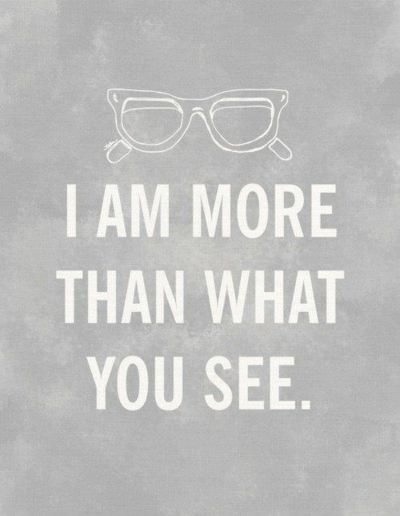 When brand owners are asking consultants for a ‘new brand’, they mean ‘new name, logo, symbols, icons, new look and feel for their current name – “. People often think that brand is just about the imagery, outlook, and tangible features of the name. However, the true definition of a brand goes beyond.
When brand owners are asking consultants for a ‘new brand’, they mean ‘new name, logo, symbols, icons, new look and feel for their current name – “. People often think that brand is just about the imagery, outlook, and tangible features of the name. However, the true definition of a brand goes beyond.
“Brand is Everything, and Everything is a Brand.”
Brand is Strategy
Brand does not merely conveyed tangible features, but also embed stories that define the product.
For example Australia’s largest paper company with their forest stewardship council to be more environmentally friendly, is their brand. Or child labor scandal that throw one apparel brand on fire, is their brand. No matter how fancy or valuable your brand equity, the whole surrounding stories is part of your brand.
“It is a matter of consistency on how you carry yourself in the eyes of the public.”
Brand is Cue To Action
Brand could also be a call to action in which brand has to invite and inspire people’s behavior or attitude towards ones’ product. But the question is, are your calls to action is inspiring or tacky?bold or dull? Is it consistent with the whole strategy?
Take an example of Coca Cola ‘Share a coke with…’ campaign in Australia that enable the consumers to engrave their friends name in Coca Cola’s can; this ‘cue to action’ is align with their core stragtegy to socialize their brand as a symbol of togetherness through the brand slogans “Enjoy life” and “Share your happiness”.
Brand is Service
Another aspects that constitutes brand is customer service. If a customer calls your customer service centre and have to wait for hours just to be served, that is your brand. It gave out the impression that you do not have the proper managememt or did not take customer service seriously.
Take a look of Singaporean Airlines ‘a great way to fly’ slogan which align with their service embodies a motherly affection along with localize delivery by singaporean stewardess, thats their brand.
Or Lexus customer service in one of the example of best customer service, where they have the ideology which ‘you come as a customer, but you will leave as a friend’, that’s their brand. Restaurant’s ease of delivery and 24/7 access signaled a message that they always be there for you, is their brand.
Brand is your Expressions
On top of that, How you communicate in the public influence the way the public’s perceive your brand. The way that your vision, mission, and values are communicated to the public is the whole essence of branding.
Your logo, jingle, website layouts, newsletters, advertisements, and promises constitutes a brand in which the message have to align with the entire set of brand identity.
Virgin group is the perfect example to illustrates this understanding. Through the image of Richard Branson, Virgin Group has unite their brand identity and message that is delivered or portrayed in the public. In a recent ad, Virgin Mobile takes a look back at Richard Branson’s life and his seemingly forward thinking ways.
The consistency of the whole communication of a brand helps to ensure that the right message was delivered to public, as well as prevent future misunderstanding or message confusion, which one of the most fatality that a brand could make.
Brand Comes Within
People often define a company as personality and identity of a company or a product. In which, personality comes from within the company itself. A laidback environment, casual-dressed employees, and good teamwork; reflect brand image.
In corporate world, having a good team starts with thorough psycho-screener to determine their emotional attachment prior to induction; such thorough screening process will further be supported with continuous training and development, which in turn, may foster quality of the team.
“Brand is your people and the way they represent you.”
Apart from the employees itself, your premises facilities is also your brand, which may motivate your people altogether.
“Your home is also your brand.”
At end of the day, brand is all about consistency in every corner of your corporate representation.
Starting from core tangible identity: logo, jingle, website layouts, newsletters, advertisements, and promises.
Into intangible identity which allow brand to have direct interaction with the public (e.g. customer service, employees, and company facilities)
Regardless you have a fancy logo or design, award winning advertisements and campaign, the true measure lies within the consistency of your promises to customers.
Reference:
Pallota, Dan. (2011, 15th June), A Logo Is Not A Brand. Harvard Business Review, www.blogs.hbr.org










Leave a Reply